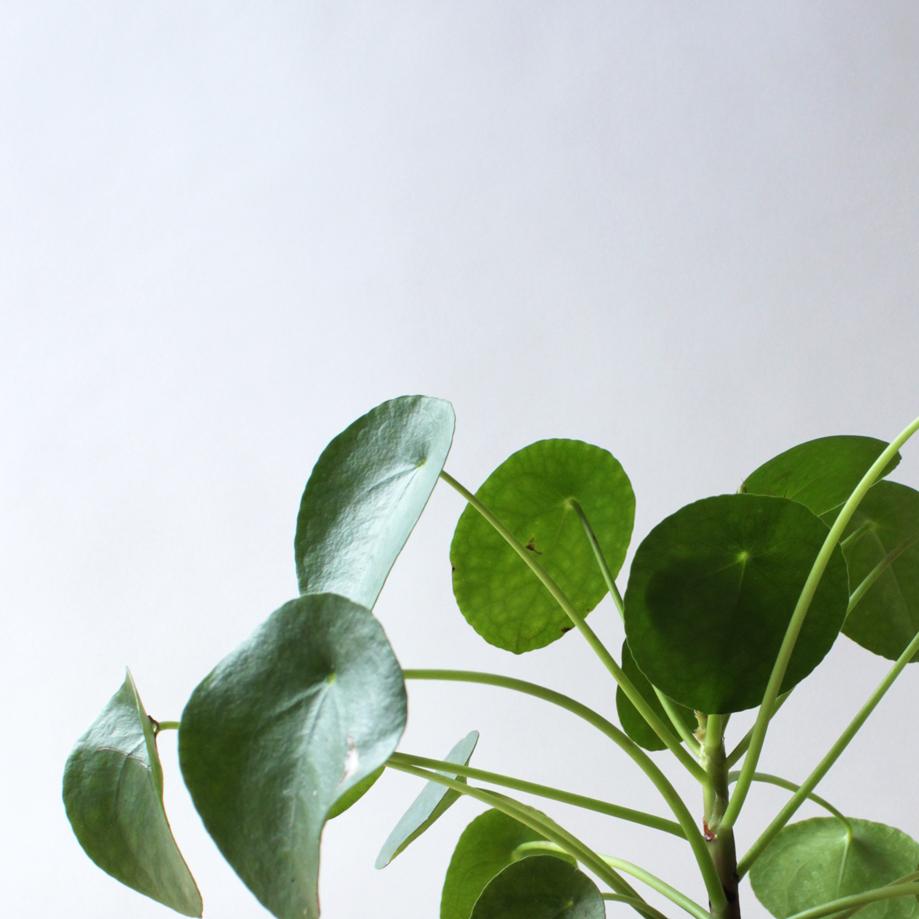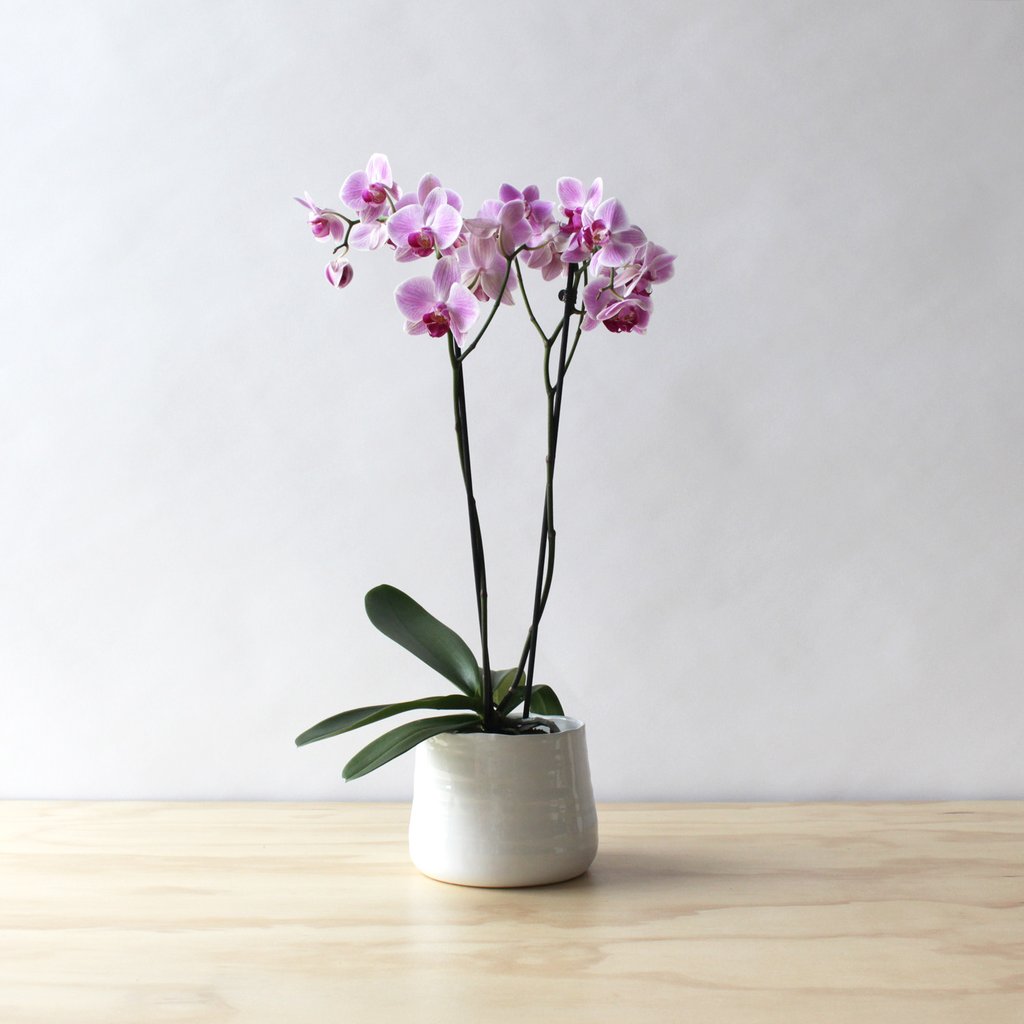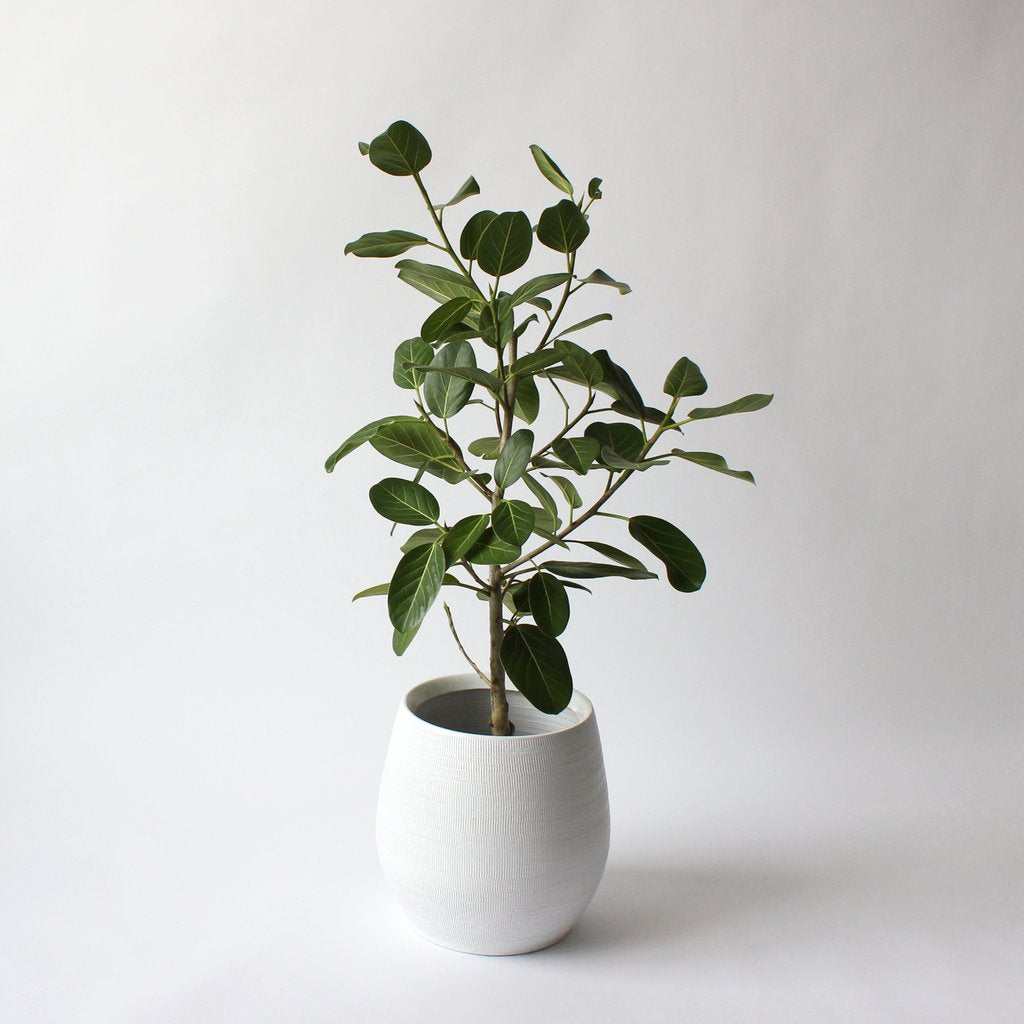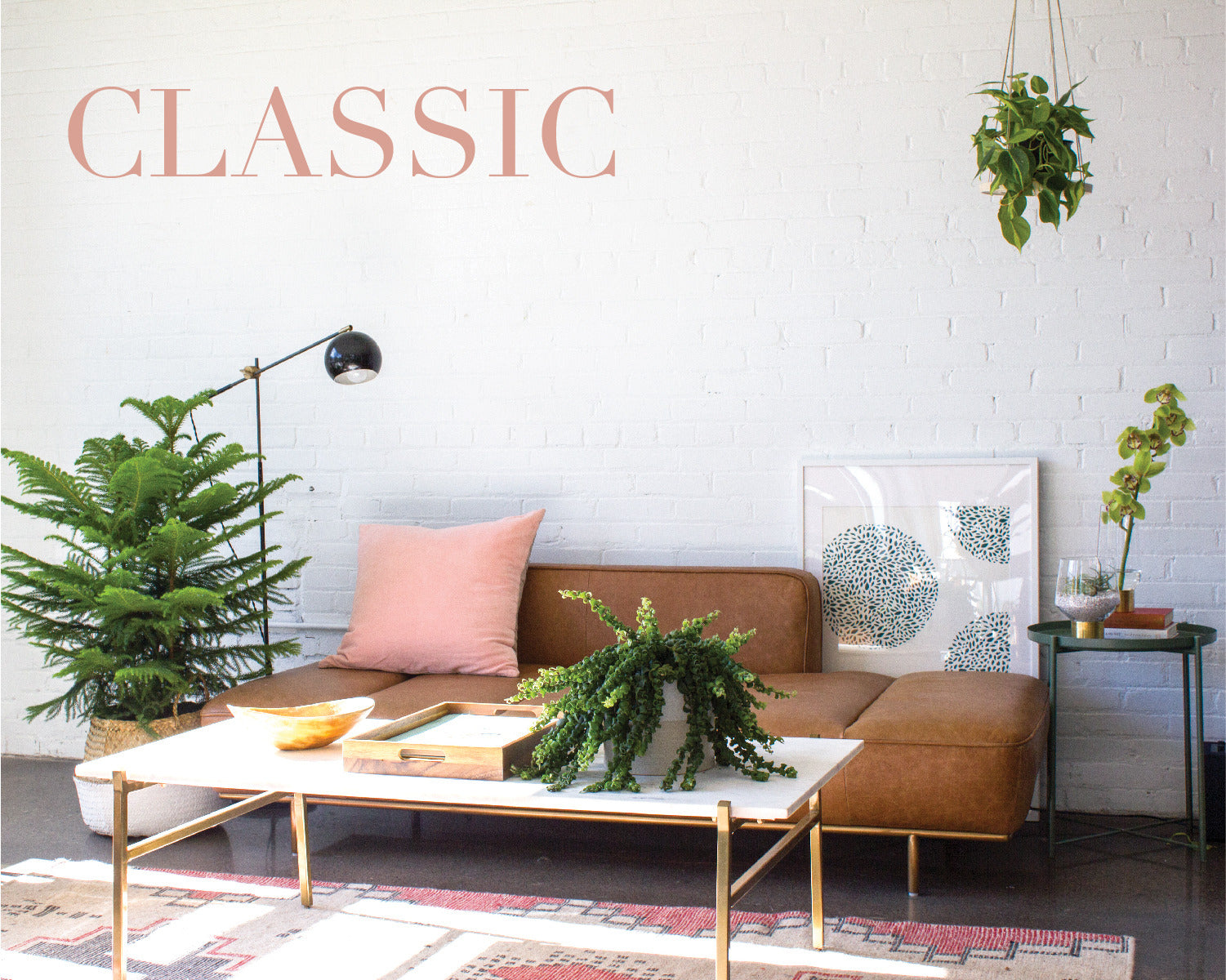Pilea Peperomioides, the "Chinese money plant"

If you are a fan of minimalist Scandinavian home design or a plant fanatic always on the hunt for your next rare houseplant, you may have heard of Pilea Peperomioides, or Chinese Money Plant. The glossy, green, disc-shaped leaves of this plant have made it extremely popular for adding the perfect pop of green to any room.
The plant is also known as Pancake Plant, Lefse Plant, Friendship Plant and Missionary Plant. It is one of the easiest houseplants to grow, and can be easily propagated to share with friends, but until recently these plants have not been widely available commercially. Pilea Peperomioides was long a mystery to horticulturists, who couldn't determine what kind of plant it was or from where it had originated. It was later discovered the plant is native to the Yunnan province in southern China, and was brought to Scandinavia by a missionary who shared cuttings of the plant with friends and neighbors, which explains its ubiquity in Scandinavian homes.
Care
Chinese Money Plant is an easy plant to care for. Like most of our favorite indoor house plants, Pilea prefers bright, indirect light. Too much direct sun will scorch the round leaves.
Water about once a week, or when the soil is nearly dry. Keep your plant in a well draining pot to avoid letting the roots sit in water.
Propagating
Pilea Pepperomiodes produces baby plants or "pups" from the stem or surrounding soil of the mother plant. You can remove these to create a new plant for your collection, or to gift to a friend. Removing plantlets growing up from the soil can be done by using a sharp, clean knife to cut the plantlet away from the mother plant. You will want to do this beneath the soil level so the new plant has some roots attached. These can be placed directly into a new pot to grow.
If the plantlet emerges from the main stem of the mother plant, it can be cut away with a sharp, clean knife and placed in water to produce roots. When the plant has developed some roots, you can place it into a pot to grow.




Comments